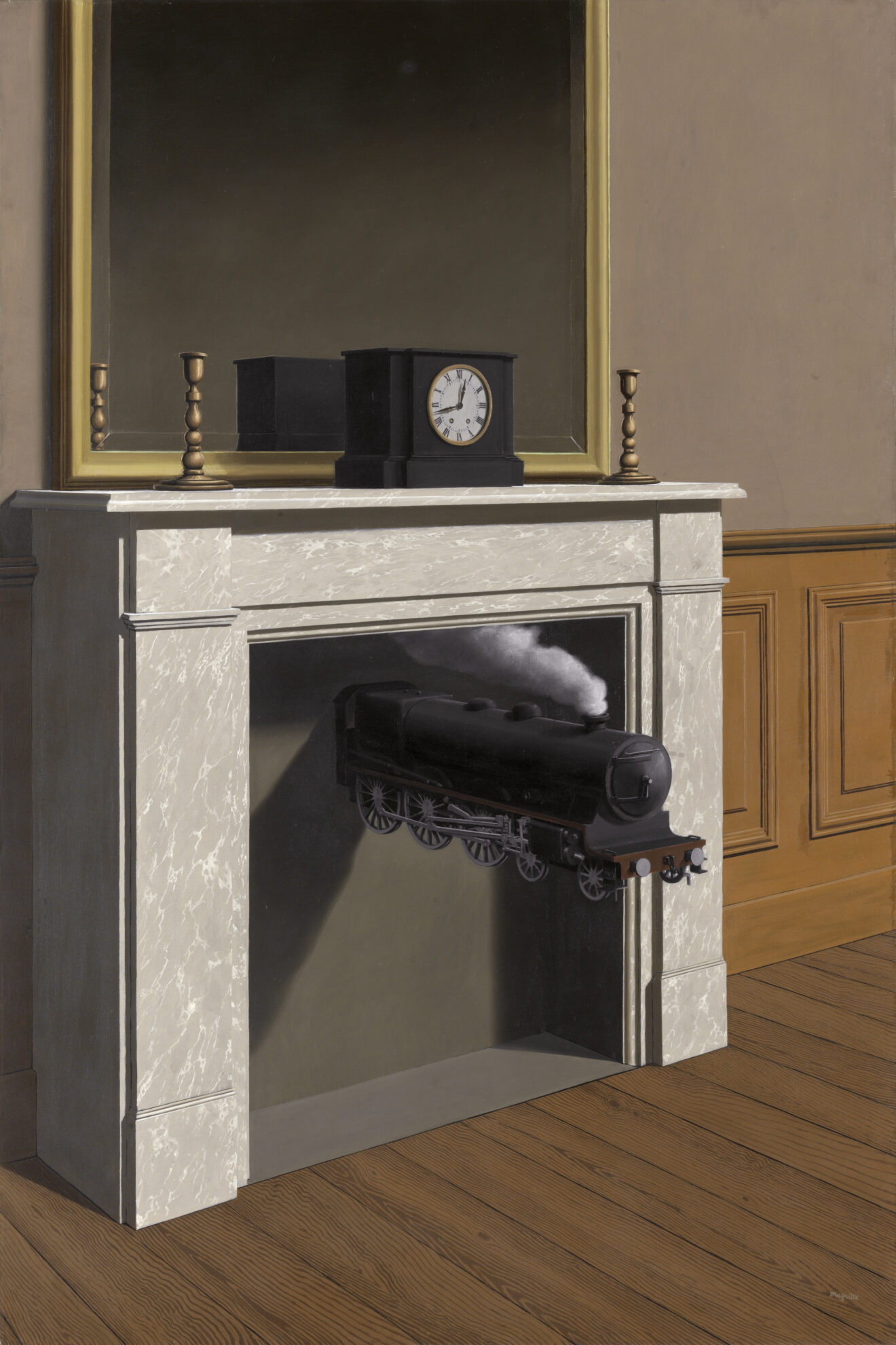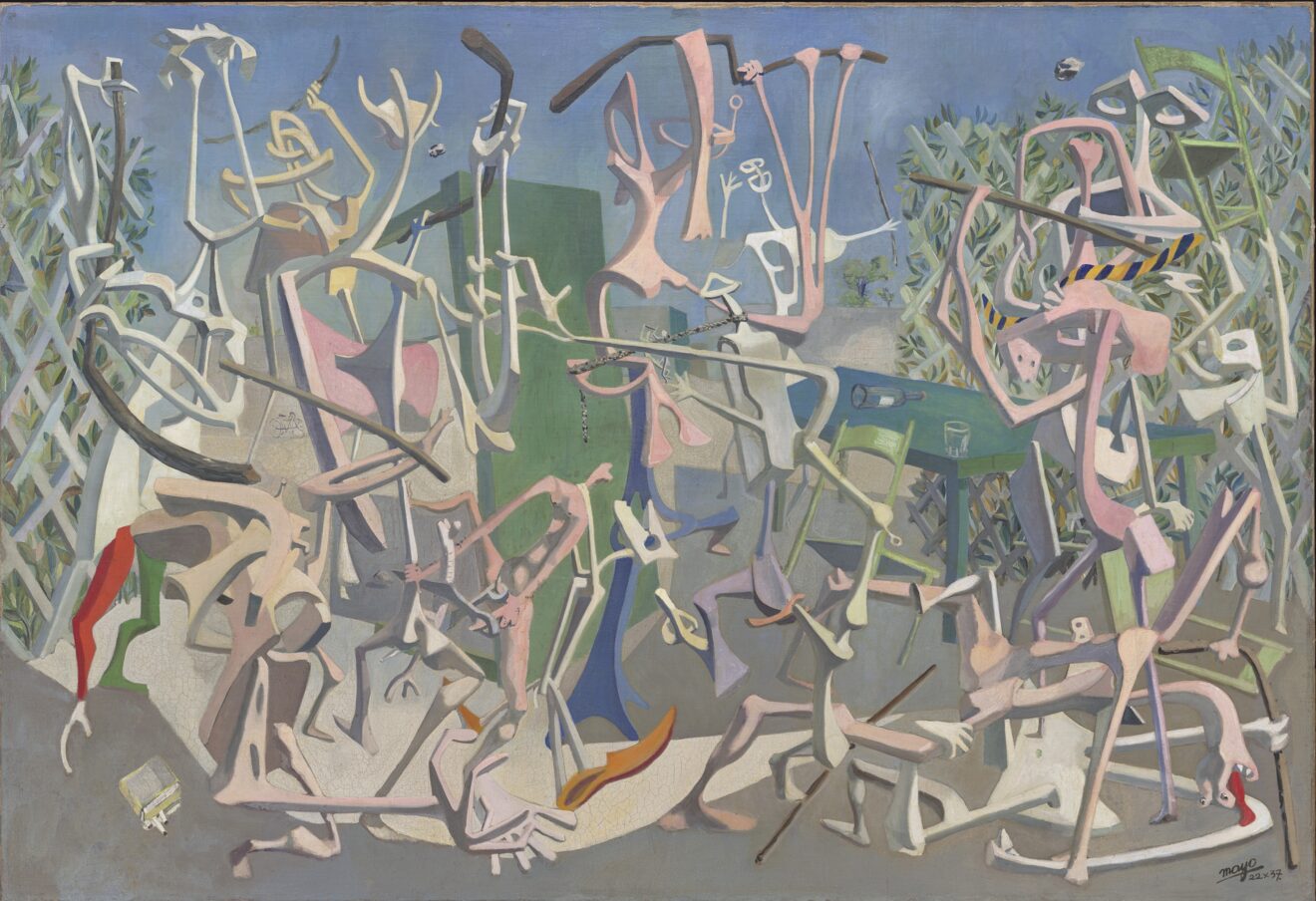
Often so absurd, surrealist art can be somewhat predictable. A leader in juxtaposition, whether it’s the beautiful and disturbing, the lively and dark, the sexy and revolutional, the surrealist movement feeds off differences.
However, nothing could have predicted how unsettling and inspiring the exhibition Surrealism Beyond Borders at Tate Modern was.
After a seven-year-long research project taken on by Tate and The Metropolitan Museum of Art in New York, the new exhibition spans 60 years and 50 countries showcasing how the artistic movement shaped the world.

The masterminds behind Surrealism Beyond Borders have heavily researched the movements’ presence over the last 100 years, since its inception in 1924, and created a truly groundbreaking exhibition. A deep look into collectives and individuals who shaped the movement as well as those who have often been overlooked, the exhibit itself feels like a moment that will be remembered.
“Surrealism is based on the belief in the superior reality of certain forces of previously neglected associations, in the omnipotence of dream, in the disinterested play of thought. It tends to ruin once and for all the principal problems of life,” Andre Breton (1924).
Packed to the rafters with works, the dark walls are brightened by the who’s who of surrealism since the first manifesto in the early 20th century. Celebrating the significance of the movement with some of its well-known ambassadors, you’ll see the recognisable Salvador Dalí’s Lobster Telephone as you enter before moving to find Magritte’s Time Transfixed.

Other A-listers include Picasso, Dorothea Tanning, Leonora Carrington and Mayo (Antoine Malliarakis), who’s Coups de baton is a perfect example of the exhibition’s recurring idea of being both beautiful and disturbing. The collision of gentle, pastel forms in Mayo’s work actually depicts social tumult, political extremism and violence.
Despite feeling a little overwhelming in some rooms due to the sheer amount on offer at first, you soon feel a sense of genius at the amount of thought gone into each placement of work. Themes include gender fluidity, political activism and exploitative colonialism amongst others.
NOW READ: Louise Bourgeois: The Woven Child
The realisation of how the artistic movement crossed so many boundaries and, indeed, borders, is quite something. What’s more, the exhibition also considers how artists converged and exchanged ideas around the world during the last century.
Fraught with appropriation to indigenous people, as mentioned, the exhibition delves into how the movement was often racially insensitive, too. Artists often described their creations using shared ideas with indigenous people of Africa, Oceania and the Americas, which, of course, was a fantasy. The exhibition exposes this appropriation and entanglement with colonial attitudes to cultural appropriation.

Continuing towards originality, the exhibition is also home to some lesser known surrealists of the time, and takes the viewer into a new, informative journey into the surreal. Artists such as Ted Joans. A black power activist, the artist was once quoted saying: “jazz is my religion and surrealism my point of view”.
Joans’ 36-foot drawing, Long Distance, portraying the collaboration of surrealists, features 132 contributors from across the globe and is exhibited for the first time in the UK.
The exhibit Surrealism Beyond Borders not only reveals how artists, poets and writers challenged the generational ideals and environments by using the movement as a weapon for political, social and personal freedom, but how the world challenged them. A thoughtful and historical curation.
February 24 – August 29, 2022
Tate Modern
tate.org.uk
For the latest headlines from the City of London and beyond, follow City Matters on Twitter, Instagram and LinkedIn.






